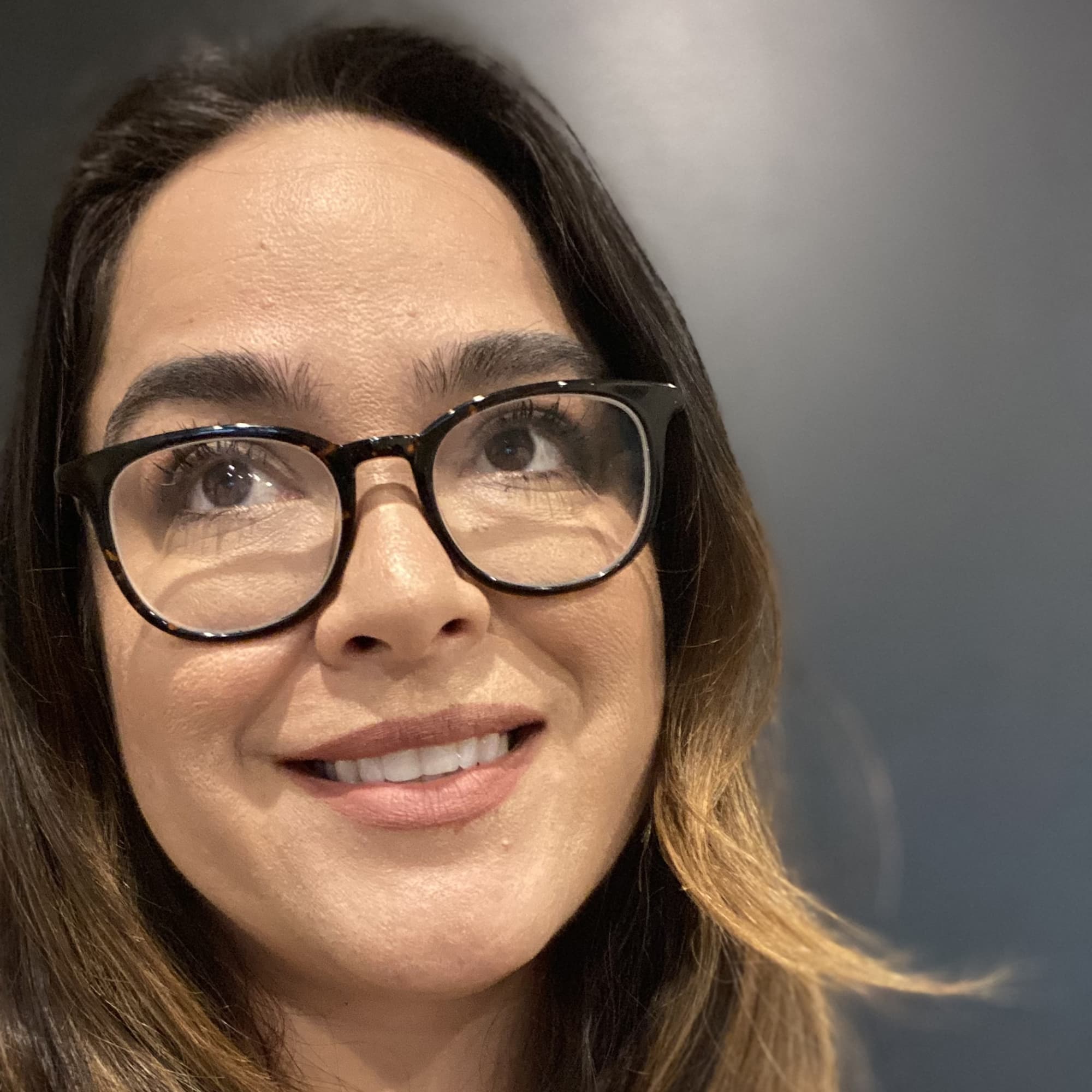Python 2 vs. Python 3: Which Should You Learn?
Find the program that's right for you
Learn new skills quickly with a bootcamp, or earn a degree from a traditional college.
Answer a few questions to get matched with a bootcamp that fits your needs.
Explore accredited colleges to get matched with the best program for you.
- The Tiobe Index indicated Python was the most popular programming language in August 2022.
- Businesses use Python for everything from data analytics to web and network development.
- Python is an object-oriented language with built-in data structures and a simple syntax.
- Python 2 and its versions were phased out in 2020 and are no longer supported.
Python is one of the most popular programming languages in the world, according to the Tiobe Index. Python careers span industries and various coding projects, from web and app development to data analytics.
Businesses use Python coding for data mining, scalability, machine learning, and web frameworks. They also use it for graphic design applications, network development, and automation scripting. These are only a few of the uses in which Python makes processes flexible and efficient.
Python is widely used in back-end web development for URL routing, sending and processing data while ensuring security. It’s also compatible with a host of other languages and frameworks.
Many beginning coders learn Python as their first programming language because it’s popular and relatively easy to understand. However, this popular programming language currently has two versions in use.
So, the question is, Python 2 vs. Python 3 — which one should you learn?
Find the Right Coding Bootcamp For You
What Is Python?
Python is a high-level, interpreted, object-oriented programming language with built-in data structures, dynamic typing, and dynamic binding. It provides a simple, easy-to-learn syntax emphasizing readability.
The language began as a writing utility for scripts. Python is the programming language responsible for many of the utilities and scripts in Linux operating systems.
But what other applications is Python used for today, and why is this programming language so popular for business? Its simplicity is one factor due to its easy-to-learn syntax using line breaks instead of symbols to define code blocks.
In addition, Python speeds up the development process, providing an extensive selection of libraries to make coding easier. Developers can also execute and test code without another compilation process.
Python’s popularity comes from its flexibility with frameworks and libraries that extend its usability. For example, FinTech enterprises use Python code because of its data processing capabilities and third-party libraries designed for financial analysis.
Python 2 vs. Python 3
April 20, 2020, marked the final release of Python 2, Python 2.7.18. Python 3.9, released on October 5, 2020, is the last version providing backward compatibility layers for Python 2.
So, if you want to learn Python 2 versions, keep in mind that their compatibility lessens more and more as time goes on, as they are no longer being updated.
Similarities
There are few similarities in comparing Python 2 vs. Python 3 as the two are basically incompatible. However, both versions come from the same language, so some of the basics hold.
For one, Python has always been an object-oriented language since its beginning. It uses class, objects, and attributes such as class variables and instance variables.
Class variables are defined within a class, while data members hold data associated with a class and its objects. Python 2 made code development easier than earlier versions, and Python 3 was supposed to fix the problems in Python 2.
However, the changes made Python 3 incompatible with Python 2. Later versions of Python 2 made it easier for users to port features over to Python 3.
For example, Python 2.7 offers compatibility support with enhanced modules like unittest for test automation and more convenient classes in collections. Still, Python 2 isn’t supported after 2020, while Python 3 sees continuous development.
Differences
When comparing Python 3 vs. Python 2, a primary difference is that the most recent Python 3 design uses a simpler syntax. The design makes Python easier to use and learn than in previous versions.
In addition, Python 3 replaces the print statement in Python 2 with a print () function. See exact examples below.
Python 2:
print "The answer is", 42Python 3:
print( "The answer is", 42)Output: The answer is 42
Python 2 also uses special syntax to format printed output. Python 3 uses the keywords arguments, sep and end. See exact examples below.
Python 2:
print "The answer is", # comma suppresses newline print 42Python 3:
print( "The answer is", end=" " ) print (42)Output: The answer is 42
Python 3:
print ("01","12","1981",sep="-")Output: 01-12-1981
In addition, instead of using the file command like in Python 2, you use the open () function in Python 3. The range () function in Python 3 is like the x-range () in Python 2 but doesn’t return a list.
Which One Should I Learn?
In general, it makes more sense to learn Python 3 unless the company you’re working for is currently using Python 2. The last release of Python 2 was April 20, 2020, and Python 3 offers the language’s most current version.
Python 3 is more expansive, flexible, and straightforward for beginners to learn by design. Developers can use Python 3 for everything from game development to machine learning and building web apps.
Python Careers
Python careers vary from mobile app and web development to software development and data science. According to August 2022 Payscale data, the average base salary for professionals with Python skills is $94,000 per year.
Back-end web developers use Python to run the server-side of web applications and interact with databases and APIs. They implement frameworks and libraries like Django and Flask that extend Python’s utility.
Software developers use Python as a support language for build control, management, and testing. For example, SCons is an open-source software construction tool, and Buildbot works in Python to automate continuous compilation and testing.
Data scientists use Python to transform raw data into usable information. They develop applications from available data cleaning, analysis, visualization, and machine learning libraries.
How to Learn Python
Python is readable and relatively easy to understand because it uses English as its model language. However, if you’re a beginner learning any programming language, it can be a challenge and may take more time.
Online courses for Python beginners provide a broad overview of language fundamentals such as using variables and expressions. Coding bootcamps are another way to prepare for Python careers and provide opportunities to build skills and develop a portfolio.
While some, such as Bottega’s online introduction to Python bootcamp, are suitable for beginners, others require previous coding experience. A bachelor’s in computer science isn’t a requirement for all Python careers. Many employers prefer work examples.
Frequently Asked Questions About Python
Is Python 2 or 3 easier to learn?
Python 3 is often easier to learn for beginners, as many changes in the language were explicitly made to make it easier. However, it did take time for the Python community to upgrade the third-party libraries.
Now Python 3 has a more extensive selection of libraries than Python 2. Plus, Python 3 incorporated all the new features from the last version of Python 2.
Python 3 is more readable and popular than Python 2 and has a vibrant community for support. The only real reason to learn Python 2 is if there is a need to migrate Python 2 code into Python 3.
Do I need to learn Python 2 before Python 3?
Python 3 is the most recent version, and you don’t need Python 2 experience to learn it. It makes sense to learn Python 3 first if you’re just learning this programming language.
The last version of Python 2 came out in 2020. Most big organizations have already transitioned to Python 3. Also, many online courses focus on the most recent version of Python 3.
However, you may need to know Python 2 to handle code that isn’t supported by Python 3. Translating Python 2 to Python 3 is a potential career option as more businesses need to upgrade to compatible libraries.
Will there be a Python 4?
TechRepublic reported that Python creator Guido van Rossum said Python 4 isn’t likely to happen, according to a 2021 interview. However, Van Rossum didn’t completely rule out the possibility of Python 4.0.
He suggested it would only happen if there were significant changes to Python 3’s compatibility with C. The founder said his reservation is due to the difficulty that developers had transitioning from Python 2 to Python 3.
The slow migration period for Python users stretched on for years, and van Rossum and his team don’t want to do that again. He also pointed out that Python 2 was more successful than they realized, and developers needed encouragement to begin the transition to Python 3.
Explore More College Resources

Best Python Bootcamps
Want to learn Python, the most popular programming language? Get trained for a variety of high-paying tech careers at these Python coding bootcamps.

by Nalea Ko
Updated November 8, 2023



